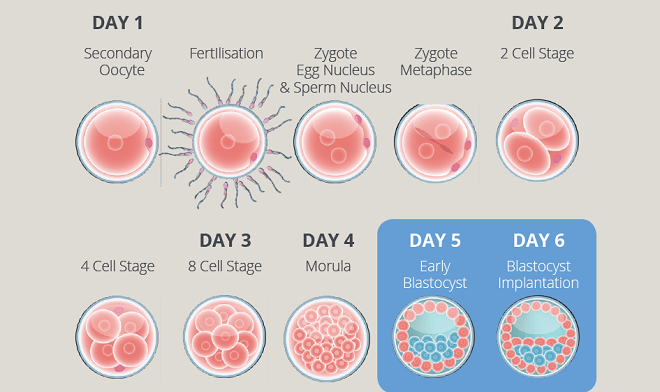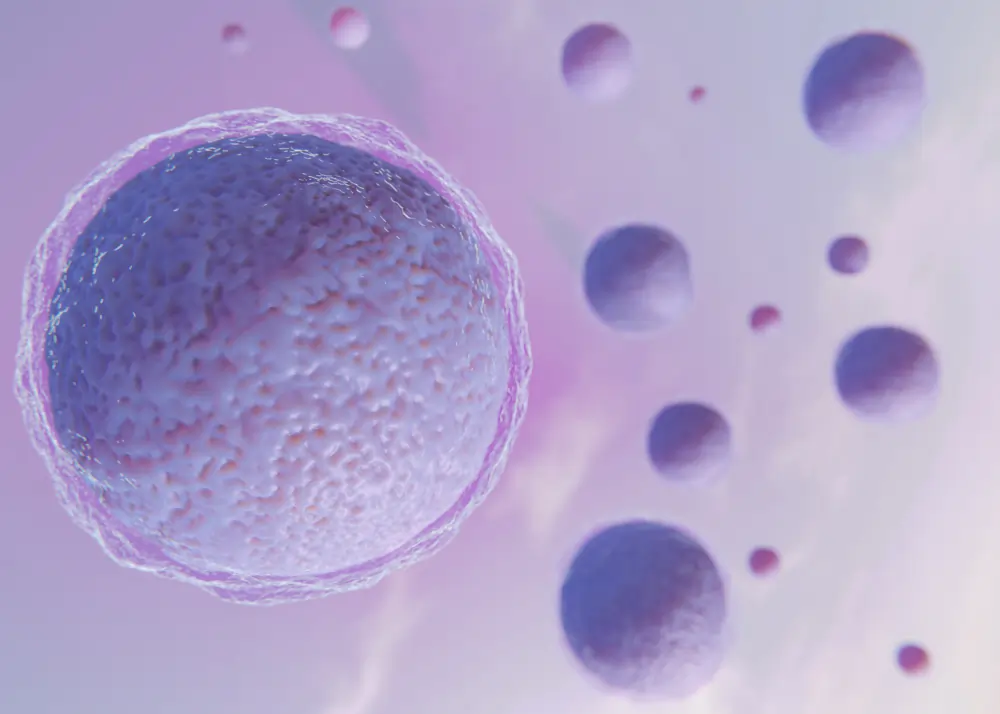Blastocyst Embryo Transfer: Enhancing IVF Success and Minimising Risks
Specially trained healthcare providers perform blastocyst embryo transfer through In Vitro Fertilisation (IVF) methodology by moving embryos to the womb after culture reaches the blastocyst developmental phase.
The embryo moves toward the uterus from the fallopian tube exactly at the blastocyst development stage five days after conception. The blastocyst requires uterus attachment to establish itself by performing implantation operations on the uterine lining.
The success rate for embryo implantation increases when medical professionals allow blastocysts to develop for the duration of their natural life cycle. The replacement of embryos can be decreased through these measures to lower the risk of multiple pregnancies.
Only between 30% to 50% of embryos manage to progress to this stage which makes it a disadvantage of the procedure. Despite careful examination the blastocyst transfer phase might fail for nine of the cultivated embryos thereby preventing any embryo from being suitable for transfer. The process decreases the number of available embryos for cryopreservation as well.

Blastocyst Embryo Transfer – Treatment Procedure
The transfer of IVF embryos takes place between the second and third day after the egg retrieval period when embryos reach the four to eight-cell stage. The IVF embryos need two or three more days of development at the blastocyst stage which involves reaching 100-150 cells before having suitable conditions for uterus wall implantation. The ability of blastocysts to settle into the uterine wall appears superior when compared to embryos at lower developmental stages.Blastocyst embryo transfer – treatment procedure
Embryos typically stop developing past the four to eight-cell stage because an internal developmental issue exists. The progression to blastocyst stage will become less achievable for a higher number of embryos. Embryos accomplishing stage development reveal better developmental competency than embryos at earlier stages. Embryos transferred into the uterus during this developmental phase have conditioned similarly to embryos of natural conception.
The fertility benefits IVF treatments can provide for a patient depend on their age and diagnosis together with test results from their male partner and your specialist should provide this information.

WHO IS BLASTOCYST EMBRYO TRANSFER RECOMMENDED FOR?
The treatment of blastocyst culture presents itself as an alternative medical option to couples whose IVF or IVF-ICSI techniques have failed although they obtained multiple high-quality eggs at retrieval. Blastocyst culture serves well those couples who introduce multiple high-quality embryos to the testing process on day 3. Blastocyst culture selection for viable embryo transfer will enhance the probability for these couples to get pregnant.
What are the potential risks?
The process of blastocyst development does not succeed in less than ten percent of cases so medical staff abort embryo transfer operations. This can signify inherent issues with the embryos.


